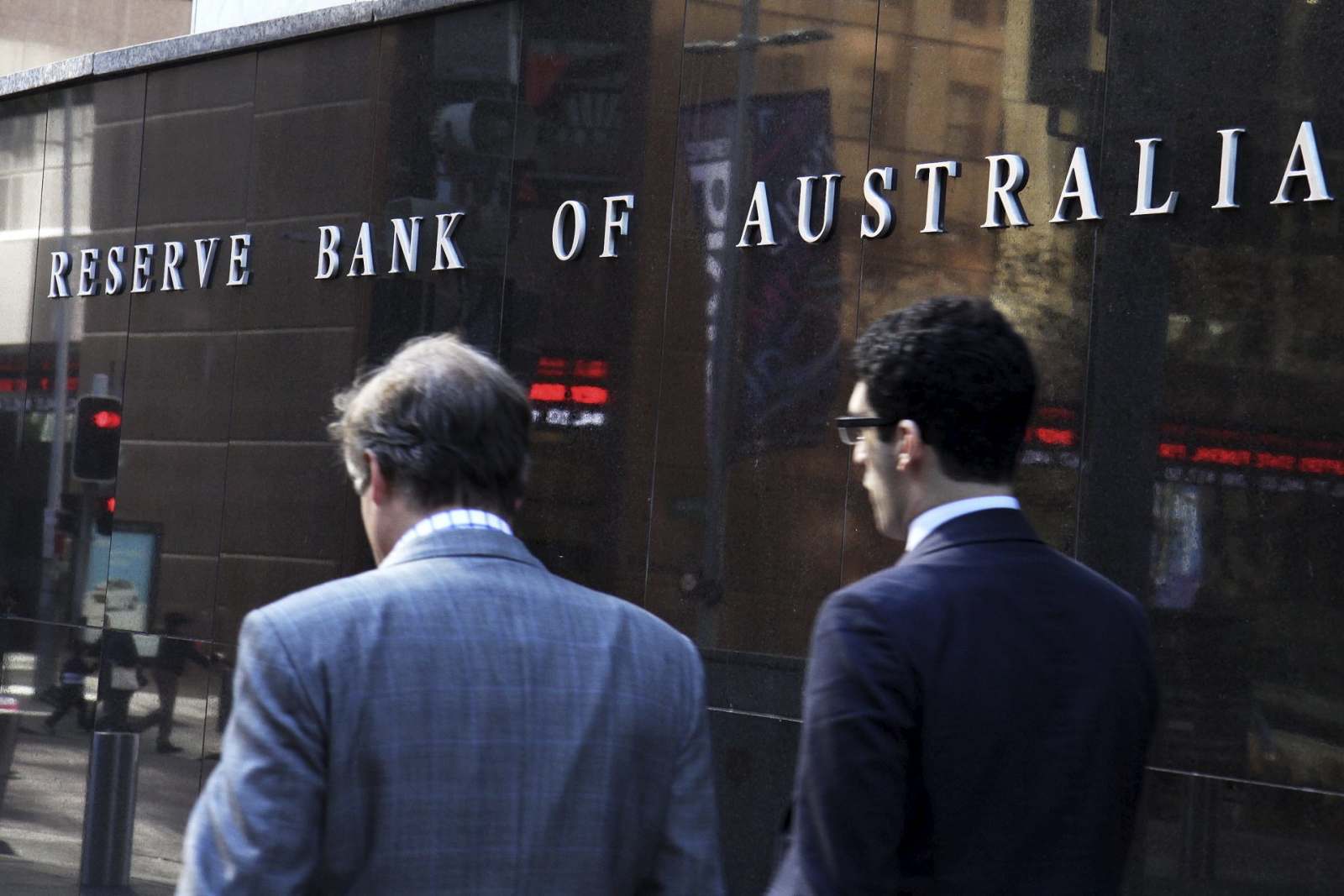Interest Rates On Hold Despite House Price Climb
The RBA holds firm on its monetary policy.
The Reserve Bank of Australia (RBA) has held interest rates once again today – remaining firm on its plan of steadying rates for the foreseeable future.
Following its meeting this afternoon, RBA governor Philip Lowe announced the rate would remain at 0.1 per cent.
The decision comes as low interest rates add further fuel to national house values – with dwelling values rising 2.2 per cent in May according to data from Corelogic.
The RBA “will be monitoring trends in housing borrowing carefully and it is important that lending standards are maintained,” said Dr Lowe, in a statement.
However, any hike to the interest rates is unlikely to happen “until 2021 at the earliest,” reiterated Dr Lowe.
The RBA also indicated it may inject more stimulus into Australia’s economy to super-charge its recovery, despite Dr Lowe conceding that “the economic recovery in Australia is stronger than earlier expected and is forecast to continue.”
This stylish family home combines a classic palette and finishes with a flexible floorplan
Just 55 minutes from Sydney, make this your creative getaway located in the majestic Hawkesbury region.
More than one fifth of Australians are cutting back on the number of people they socialise with
Australian social circles are shrinking as more people look for ways to keep a lid on spending, a new survey has found.
New research from Finder found more than one fifth of respondents had dropped a friend or reduced their social circle because they were unable to afford the same levels of social activity. The survey questioned 1,041 people about how increasing concerns about affordability were affecting their social lives. The results showed 6 percent had cut ties with a friend, 16 percent were going out with fewer people and 26 percent were going to fewer events.
Expensive events such as hens’ parties and weddings were among the activities people were looking to avoid, indicating younger people were those most feeling the brunt of cost of living pressures. According to Canstar, the average cost of a wedding in NSW was between $37,108 to $41,245 and marginally lower in Victoria at $36, 358 to $37,430.
But not all age groups are curbing their social circle. While the survey found that 10 percent of Gen Z respondents had cut off a friend, only 2 percent of Baby Boomers had done similar.
Money expert at Finder, Rebecca Pike, said many had no choice but to prioritise necessities like bills over discretionary activities.
“Unfortunately, for some, social activities have become a luxury they can no longer afford,” she said.
This stylish family home combines a classic palette and finishes with a flexible floorplan
Just 55 minutes from Sydney, make this your creative getaway located in the majestic Hawkesbury region.


















